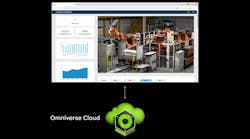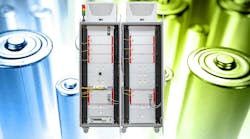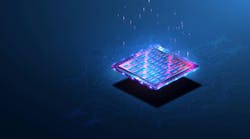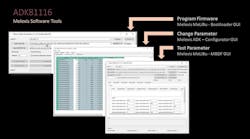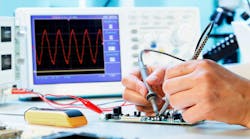Welcome to the Oscilloscope Triggering Advanced Course! In this series, I will walk you through the details of every corner of real-time oscilloscope trigger systems, and by the time we’re done, you’ll never need that AutoScale button again! Your co-workers will be stuck in the lab staring at auto-triggers all weekend while your scope is catching glitches and protocol packets automagically and emailing you the results! If you’re just joining us now, do yourself a favor and check out the first five articles in the series as well, to learn about advanced trigger modes, protocol triggering, trigger sequencing, and advanced trigger features.
In this final article of the series, we’re going to discuss trigger performance characteristics: How can we configure our trigger for optimum performance, what are the system settings that affect trigger performance, and what should we expect from the trigger system? Let’s get started.
System Overview
To understand what affects trigger performance, we first need to understand the trigger system itself. Because almost all modern oscilloscopes use analog trigger systems (Fig. 1), we’ll focus our discussion on those.

